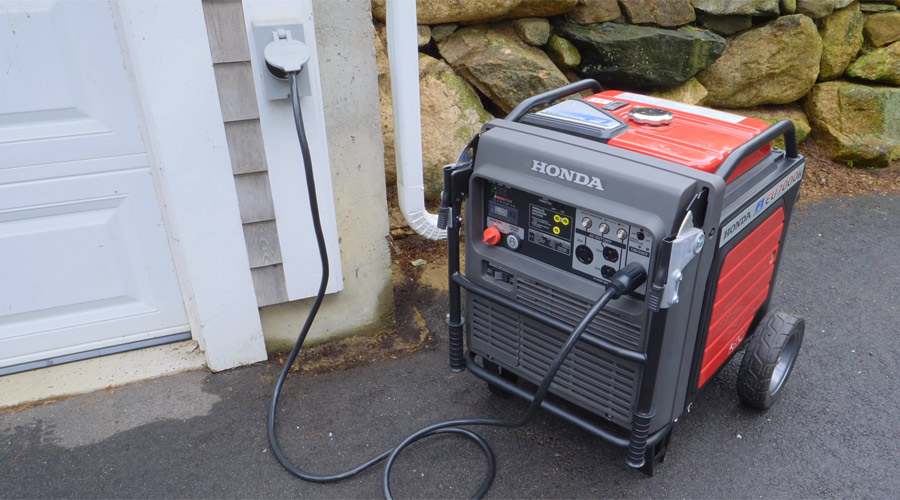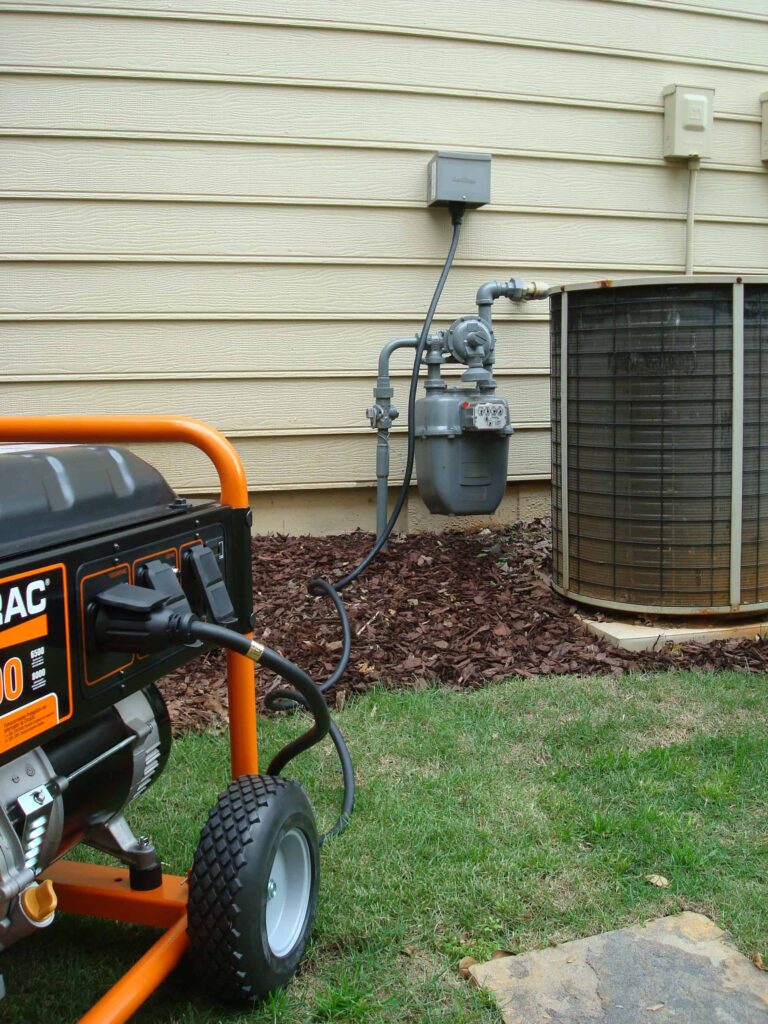We all need power, and most times, we get that power from the grid. However, what do we do when the grid fails us? We turn to our backup power source, our generators.
When you consider the total
hijauanhills
secretsummits
bester frauenrasierer
hottubtravels
runifico.com
flo bayan polaris ayakkabı
philips avent babyphone scd711
Florida state seminars jerseys
scott 26 zoll xs
tenis puma ducati testastretta
marshall röhrenverstärker
rent.2goeu.com
micah parsons jersey
tenis puma ducati testastretta
cost of actually purchasing the transfer switch, paying for materials and labour, you’ll find yourself parting ways with about $500.
The conventional method to connect a generator to your house is to use a transfer switch, but it’s not the only method. Yes, it is possible to connect your generator to your house without a transfer switch, and we do that with an interlocking kit. Using a transfer switch to connect a generator to your house is the safest yet most expensive way to do so, which is why some people lean towards alternatives.
An interlocking kit (or simply an interlock kit) is a device designed to allow the safe use of a portable generator to power a home during a power outage. It’s a less expensive option than buying and installing a dedicated transfer switch.
The kit accomplishes the same goal by adding
asu football jersey
florida state jersey
detská zdravotná obuv
vanhunks kayak
sac petite mendigote
écharpe en tricot pour bébé
fsu jersey
hp 5230 patrone Switzerland
quest salomon
pouf porta scarpe
une sneaker
batterie flachpol adapter
mochila anekke arizona
scaffalatura cantilever Italy
an external interlock to an existing breaker panel that permits the main breaker or one chosen load breaker to be turned on simultaneously, but not both. A generator is attached to the interlocked load breaker, now used as a “back feed” breaker.
Advantages of Interlock Kit
- An interlock kit does not require a separate panel to work; it is simply installed on the home’s breaker panel (if it has an unused 2-pole breaker slot).
- Using an interlock kit (or a transfer switch) to power appliances eliminates the need for extension cords.
- Like a transfer switch, an interlock kit allows the generator to energize the panel and all of its circuits (up to the generator’s load capacity), not just corded appliances.
Before we dive in, there is absolutely no safe way to connect a house to a generator without including a transfer switch. In this article, we’ll be learning how to achieve this feat but using a transfer switch is in your best interest, your home, your generator and everyone around you.
Without a transfer switch, a generator can cause damage to power lines and repairmen working outside, not to mention the fire hazard it creates. Needless to say, performing this procedure without prior approval leaves you and you alone liable for any damage caused.
It is also highly recommended that you hire a licensed electrician or consult one before moving forward.

Tools You Will Require
- Interlock Kit – This is the item that makes this alternative connection possible. It is the cheaper substitute for the transfer switch and can be easily purchased almost anywhere. You still have to be careful when selecting one because you need to get one that works with the specifications and model of your generator.
- Breaker – You’ll also need a breaker. Make sure you purchase a breaker that matches the demands of both your generator and your home. Make sure it is compatible with your generator.
- Wires – You’ll need these to make connections and to achieve the overall success of this process. Be sure to get at least three different sets of electrical wires with different colors to ensure you can quickly identify them and avoid confusion. Also, make sure to acquire about 10 feet of 10-gauge wires.
- Inlet Plug – To be connected in this manner, your generator must have a large circular plug. Make sure your plug is suitable for your generator by looking at the amperage rating on the generator.
- Safety Tools – To protect yourself while making this connection, you’ll need a pair of safety work gloves. work steel-capped work boots to ground your body, a voltage stick and protective eyewear (like goggles)
- Electrical Tools – You’ll need drills, wrenches, pliers, screwdrivers. Glue and chisels might also come in handy.
Steps Required to Connect a House to a Generator Without a Transfer Switch
Step 1 – Take Safety Measure
The first step is always to take safety measures. Safety always comes first. Put on your safety goggles, glasses and boots. Make sure not to
connect your generator directly to the circuit breaker in your fuse box because it is dangerous and can lead to a fire outbreak.
Step 2 – Figure Out Plug Type and Amperage
Locate the generator plug type and amperage and figure out what they are. The plug will be situated on both sides of the generator breaker to deliver power. Once you have acquired these details, you can go on to adjusting the materials accordingly.

Step 3 – Drill Hole in the Wall
It’s time to drill a hole into the wall. This hole will serve as the entrance for the wires from the generator into your house. When deciding where to drill a hole, you have to be smart about the location. To avoid constant noise, you have to pick a spot that isn’t too far from the generator and a spot that isn’t too close to your living space, like your bedrooms or living room. Once you have decided, take your drill and make a hole in the wall; make sure the hole is big enough to fit all the wires.
Step 4 – Mount Power Inlet Box
Now it’s time to mount the power inlet box. The box is to be attached to the exterior wall of the house. Make sure it is affixed just a few feet from the hole.
Step 5 – Assemble the Conduit
Assemble the conduit and then glue them. Make sure the conduit fits perfectly, and the glue dries completely; this is done for your safety.
Step 6 – Wire Generator Inlet Plug
The next step is to wire your generator inlet plug. You’ll need to go to the conduit body, pull the wires one at a time and attach them to the plug securely using a screwdriver.
Step 7 – Secure Wiring
Turn off your main power breaker, then push the wires into your house. As soon as you’re certain the wiring is secure, cover up the conduit and fill up the gaps.
Step 8 – Prepare the Breaker Box
Remove one knockout from your breaker box and insert the conduit adapter. Then begin bringing the wires into the power breaker box through the conduit.
Step 9 – Install Wires and Breaker Retainer
Install the wires and breaker retainer in the power breaker and then connect them. Once this is done, cover up the breaker box.
Conclusion
As we have learned, connecting a generator without a transfer switch is feasible. As much as it is possible, it is also just as dangerous. There are several components involved, and there are several ways in which something could go wrong. The guys at schlüsseldienst bremen from their experience advise you to go to professionals to protect yourself.
Make sure to have complete knowledge of the laws in your state governing this sort of connection as it is illegal in some states (Transfer switches are a requirement by the National Electric Code) and illegal for safety reasons. As times are changing, so is technology.
We now have generators that come with transfer switches, and they are beginning to reduce in price. If there should ever come a time when an emergency installation is required, instead of installing your generator to your entire house, it is wiser to simply run high-quality extension cords from the generator to the equipment you require at the time. It’s the easiest way to power your home during an emergency. This method is safer and just as inexpensive.
Using an interlocking kit or any other alternative should only be considered during an emergency, and it is recommended that you have a transfer switch installed. So, before you use consider using an interlocking kit, make sure you have exhausted every other option.